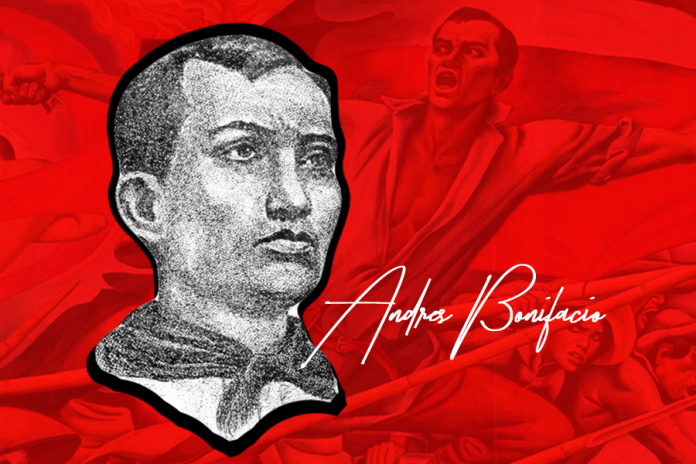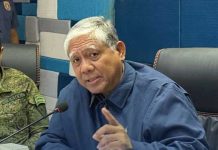
ILOILO City – Today the nation marks the 155th birth anniversary of hero Andres Bonifacio who organized and led the Katipunan (Kataas-taasang Kagalang-galangang Katipunan ng mga Anak ng Bayan of KKK) more than a century ago against Spanish colonial rule.
The Katipunan was the first armed revolutionary movement that consciously fought to end foreign domination of Filipinos.
Bonifacio was thus dubbed the “Father of the Philippine Revolution.” But do millenials know this? Do they even know who this patriot was?
Yes, said Grade 11 student Angelica Caspe of Cabatuan National Comprehensive High School. She knew Bonifacio as a fearless hero of the Philippine Revolution.
“Waay gid nahadlok mapatay kag i-tao ang kabuhi na para mapalaya kita sa mga Español nga nagsakop kag nagpabudlay sa kabuhi sang mga Pilipino sang una,” said Caspe.
For 17-year-old Crystal Jane Mondejar also of Cabatuan, Bonifacio was “isa ka maayo nga lider sang KKK.”
The Katipunan’s revolt against Spain resulted in the founding of the Philippine republic. While hero Jose Rizal was one of the forerunners of the awakening of the Filipino people, Bonifacio gave flesh to this awakening by organizing the revolutionary movement Katipunan. While Rizal raised the awareness of the Filipino people to think as a nation, Bonifacio led the fight for the Filipinos’ right to self-determination.
The 18-year-old Ruby Ann Camacho of the Western Institute of Technology acknowledged that Bonifacio had a big role in the Philippines’ quest for independence.
She went on to say she would like Bonifacio declared the national hero, not Rizal.
For Mae Patingo, 20, of Jaro district, the youth should get to know Bonifacio more to fully appreciate his place in Philippine history.
Bonifacio was born on Nov. 30, 1863 in Tondo, Manila. He died on May 10, 1897.
Grade 5 teacher Ninfa Momblan of Aguiauan Elementary School in Miag-ao, Iloilo said it is fitting to celebrate Bonifacio’s birth anniversary. The weight of the hero’s contributions to the Filipino nation and what he represented should never be understated, she stressed.
Bonifacio was born to blue-collar worker parents. He dropped out of school when he was about 14 years old to support his siblings after both of their parents died of illnesses one year apart.
He made canes and paper fans, which he and his young siblings sold. He also made posters for business firms. This became their thriving family business that continued on when the men of the family, namely Andres, Ciriaco, Procopio, and Troadio, were employed with private and government companies, which provided them with decent living conditions.
Not finishing his formal education, Bonifacio enriched his natural intelligence with self-education. He read books about the French Revolution, biographies of the Presidents of the United States, books about contemporary Philippine penal and civil codes, and novels such as Victor Hugo’s Les Misérables, Eugène Sue’s Le Juif errant and Jose Rizal’s Noli Me Tángere and El Filibusterismo.
In August 1896 Bonifacio called thousands of Katipunan members to a mass gathering where they decided to start an uprising against Spain. The event was marked by the tearing of cedulas (personal identity documents)./PN





